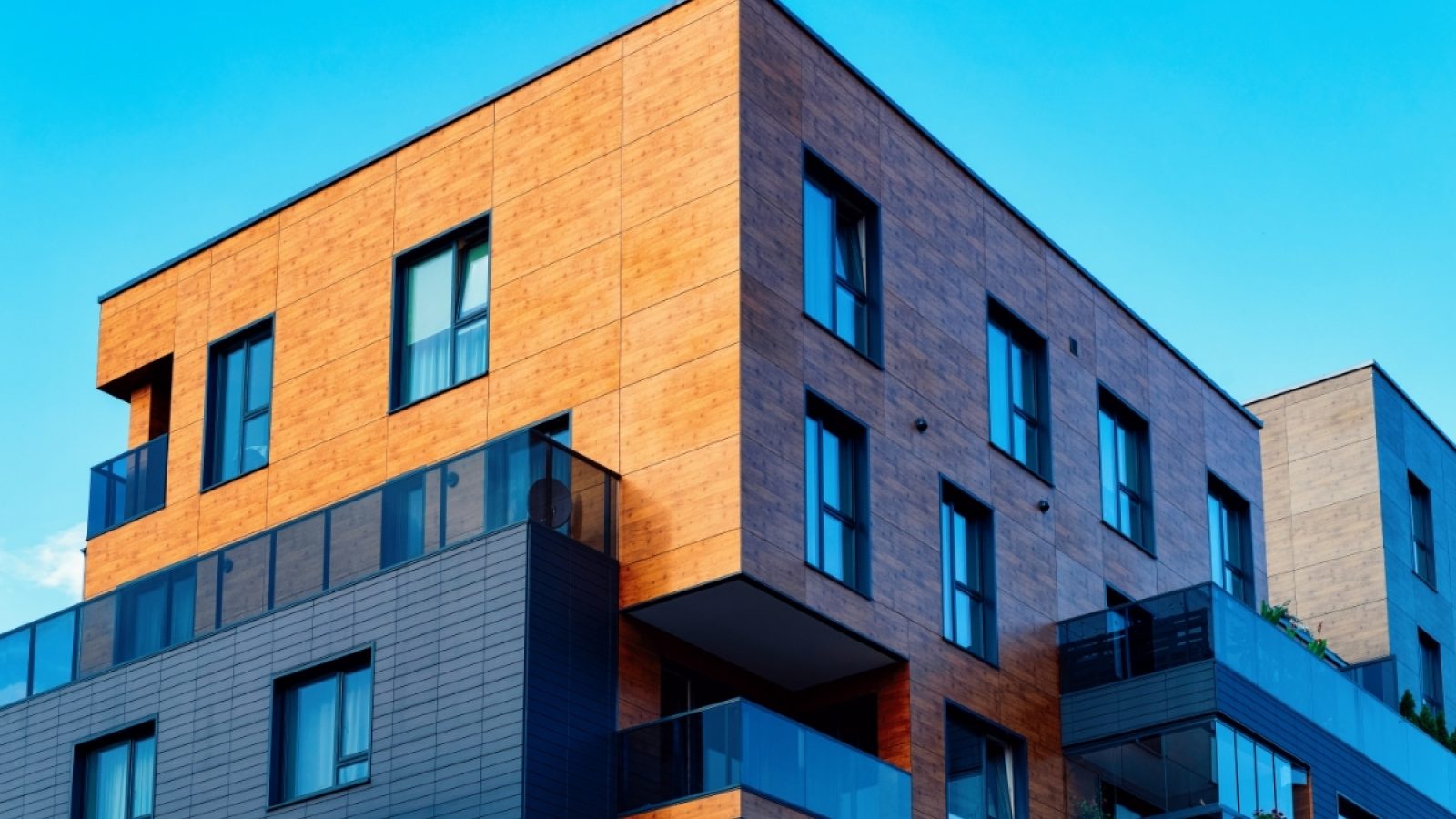- Intensification of land leads to additional regulations, which adds layers of additional technical review.
- Highly technical regulated process with several internal and external stakeholders.
- Building permits are a legislated function that municipalities must administer. The regulatory framework and requirements are laid out in the Building Code Act and the Ontario Building Code. A building permit is the regulatory instrument which ensures the municipality’s by-laws and policies — as well as dozens of other pieces of Provincial Legislation — are being followed. A building permit is the last approval needed before construction can proceed.
- Communication between the various groups charged with overseeing each act, regulation or by-law happens incrementally. At times, these steps aren’t identified until other processes have begun. Smoothing out the links between regulatory agencies is key to reducing delays and streamlining the approval process.
- The Building Code requires that other provincial acts, regulations, and municipal by-laws are followed. Collectively, these pieces of regulation are known in the Building Code as “Applicable Law.” Applicable Law consists of other pieces of legislation regarding the environmental stewardship, archeological artifacts, flooding control, heritage designations, as well as certain local by-laws. The application of these laws differs depending on the location, environmental constraints, nature of construction and use type. The Applicable Laws are necessary to ensure safe and orderly development. From a building department perspective, obtaining permissions related to the Applicable Laws is what leads to additional delays and the perception of red tape when an applicant is obtaining a building permit.
Delays In the Approval Process
November 2022


